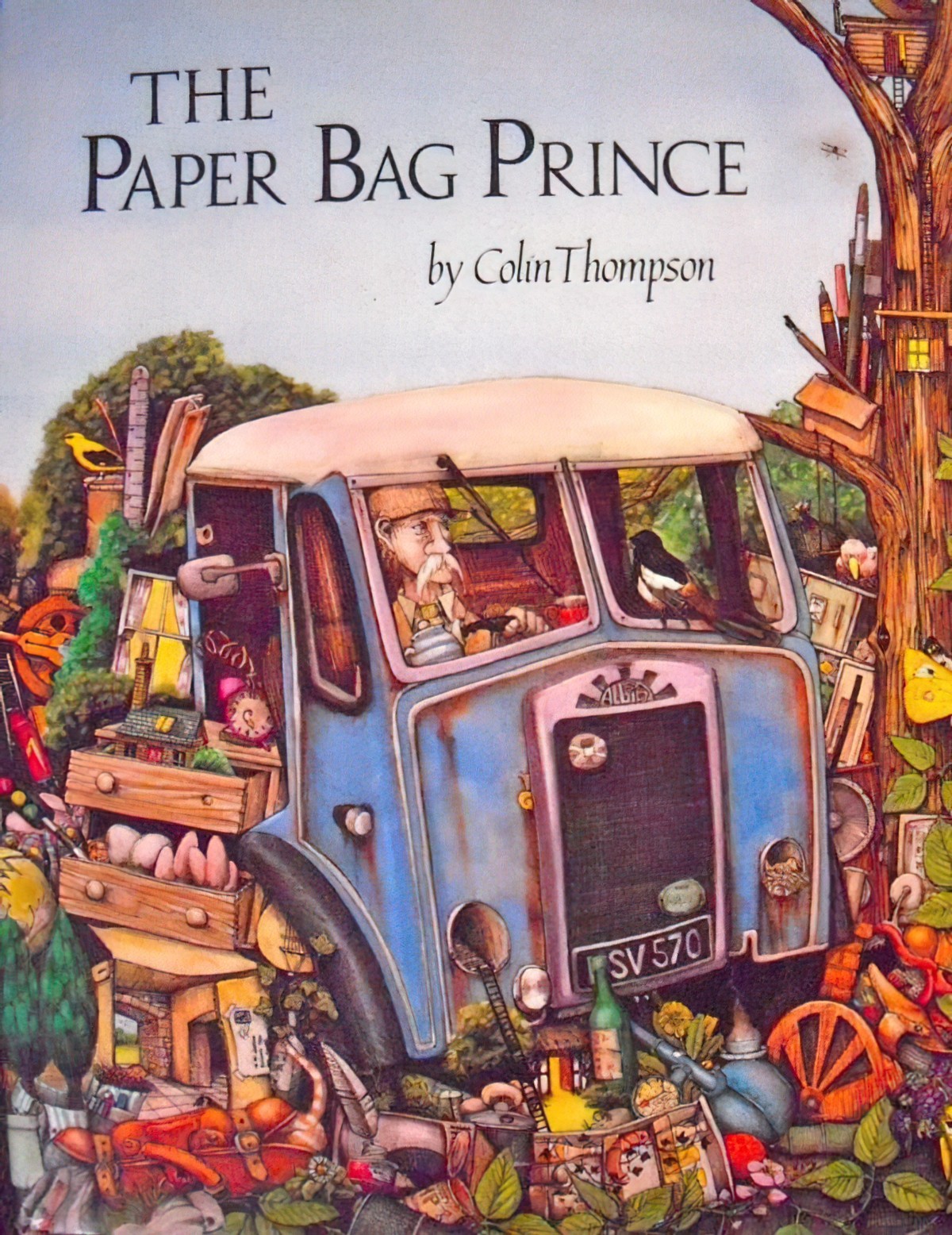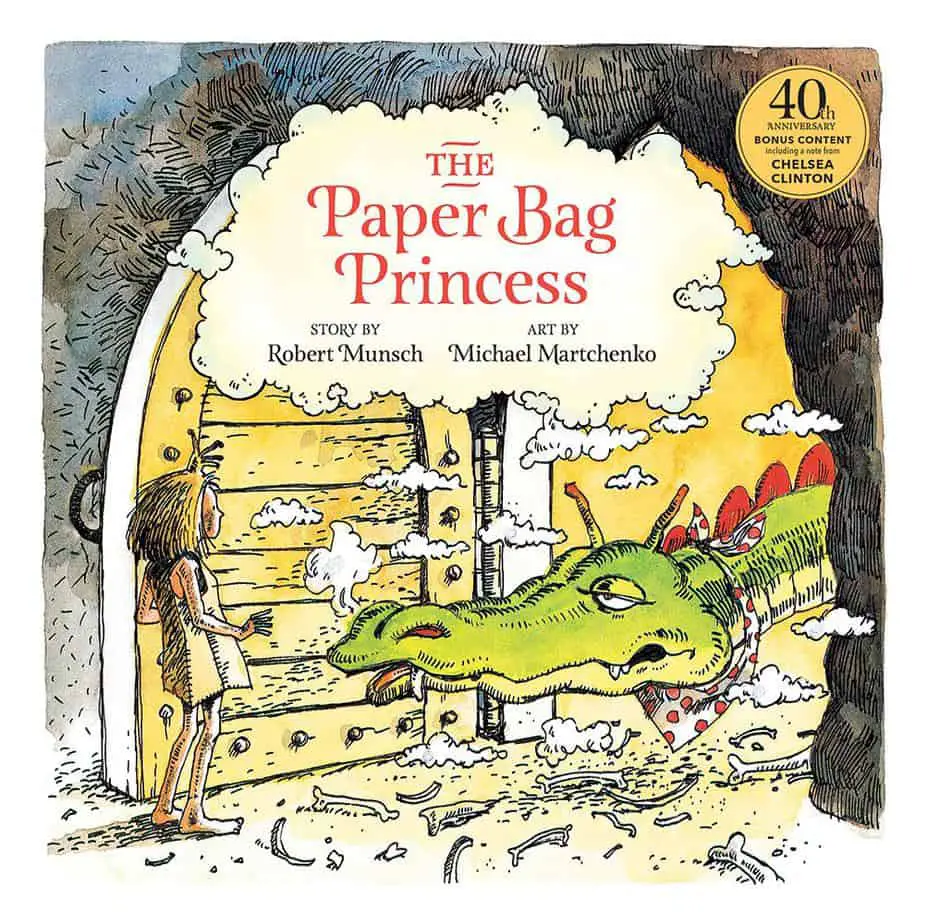The Paper Bag Princess by Robert Munsch is another feminist picturebook from the 1980s in which a scruffy princess does not end up marrying the prince. In fact, it must be one of the earliest of its kind. It’s published in 1980 and remains one of Munsch’s most popular books.
Like others of its kind:
- the prince is an unlikeable fellow
- the princess does not look like a princess (beautiful and coiffed)
- the princess is a trickster rather than compliant
- it’s still set in a fairytale world but with modern additions here and there — this setting has a medieval backdrop such as castles and dragons with modern details such as tennis rackets and sweaters.
STORY STRUCTURE OF THE PAPER BAG PRINCESS
Robert Munsch writes odd stories but they still follow classic story structure. Bear in mind that they’re meant to be told aloud. He plonks scenes together without much in the way of transition as a part of the humour itself. This borrows from the tradition of the Shaggy Dog story. (And is probably more of a Shaggy Frog story.)
This story is classic mythic structure with a protagonist who goes out of the house, along a road and meets various characters along the way (here just one character: the dragon). At the end of the mythic journey she is back home, but she is a changed person and now knows her own true desires.
The reason this is a ‘feminist’ story is because for the past 3000 years or so until quite recently, the heroes of mythic stories have all been male. The Paper Bag Princess is a classic feminine re-visioning of mythic structure: our girl hero doesn’t rely on weaponry but rather on her wits. We’re seeing more battle-free myth stories now, with Pixar’s Inside Out being the most recent high-profile example.
For more on the battle-free myth see this post.
SHORTCOMING
The princess is set on a path to get married to a horrible prince. She needs to go outside the castle to learn more about herself and the wider world.
DESIRE
“She was going to marry a prince called Ronald.”
OPPONENT
The dragon is a false opponent who saves the princess from herself. by smashing her castle and burning all of her clothes with his fiery breath.
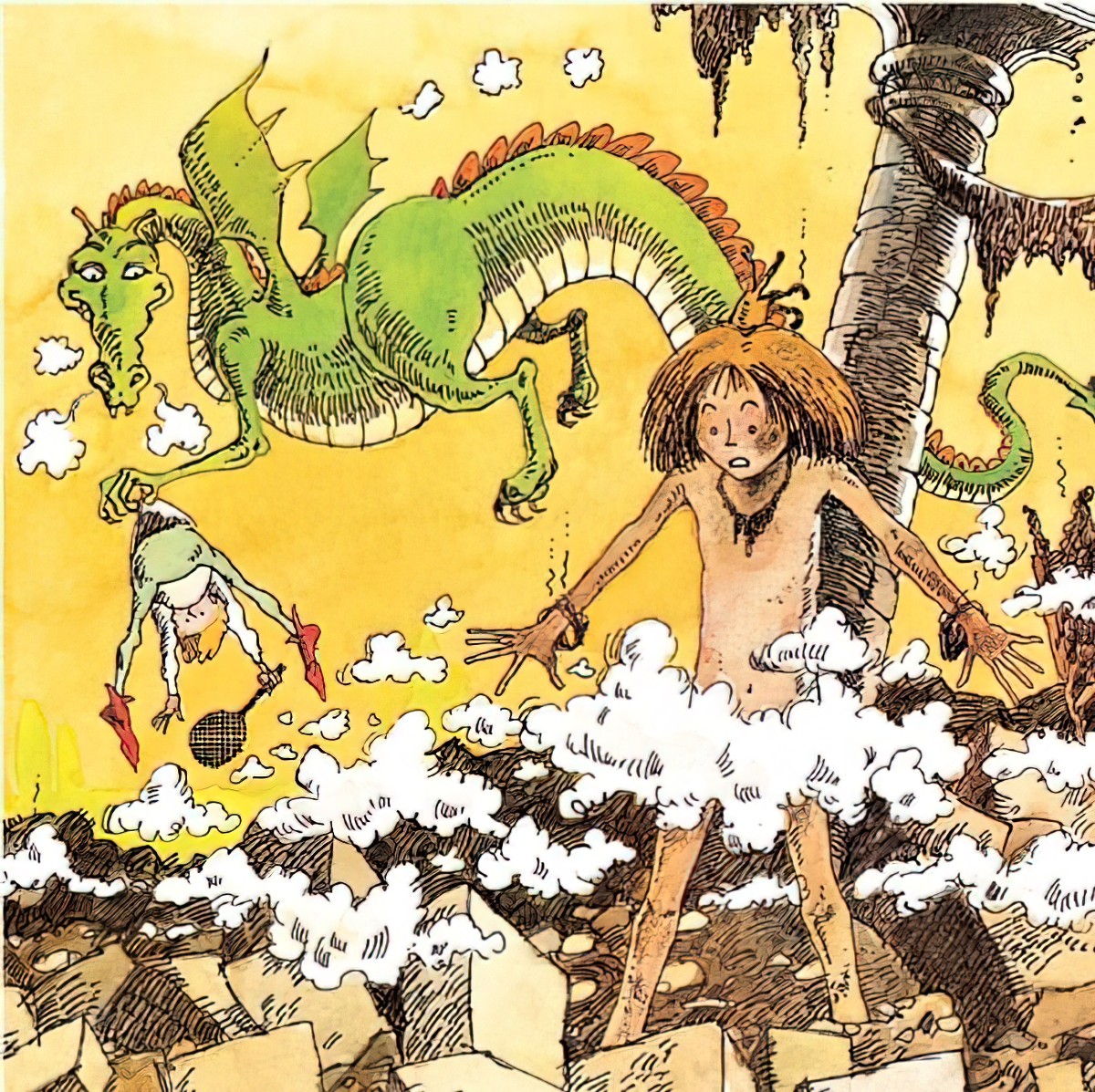
Related: Dragons In Children’s Literature
The real opponent is the prince, and the society that requires her to marry him. The dragon carries him off.
PLAN
“Elizabeth decided to chase the dragon and get Ronald back.” She is forced to wear a paper bag — a symbol of her ordinariness. She no longer has her royal powers to help her.
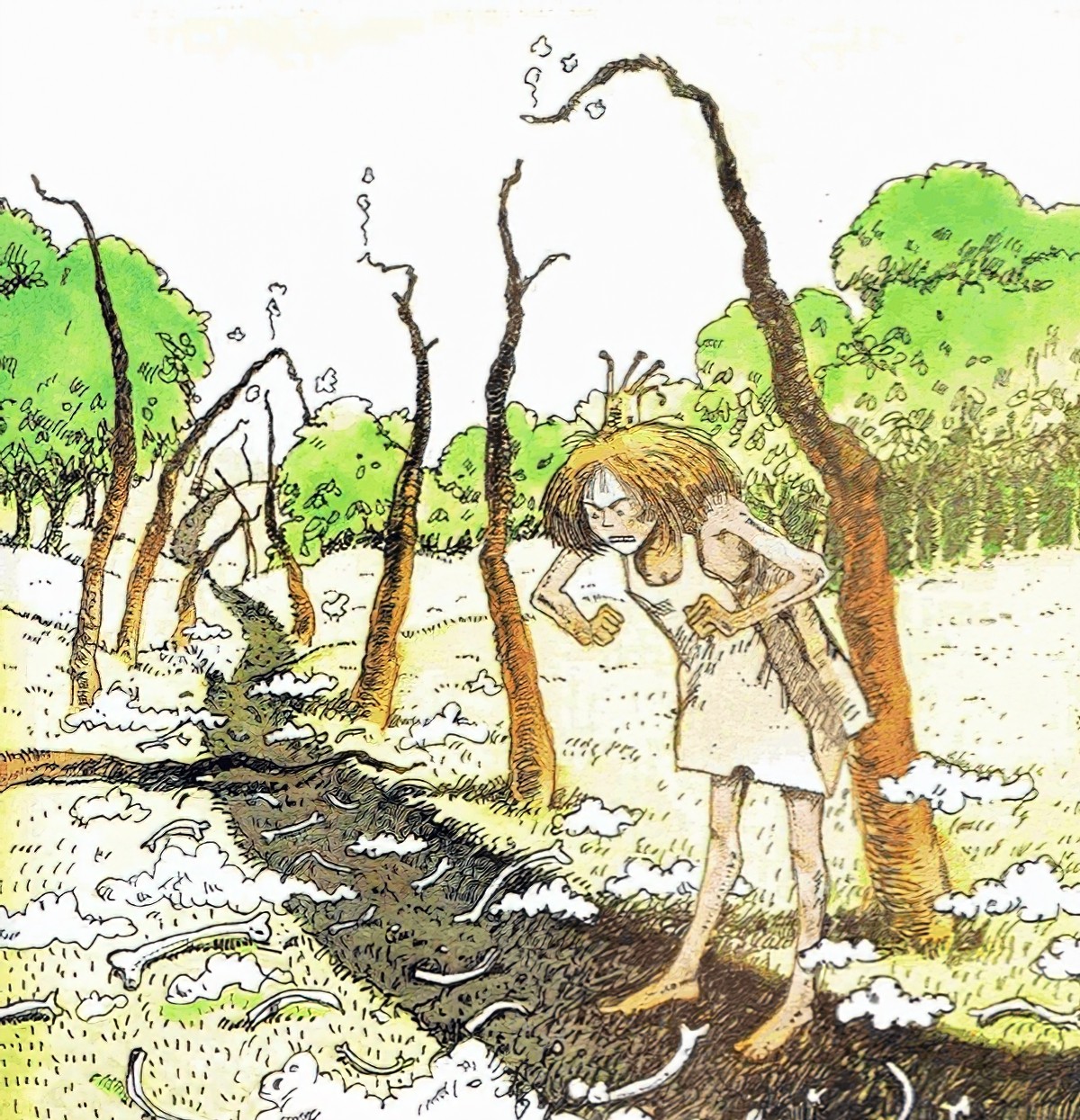
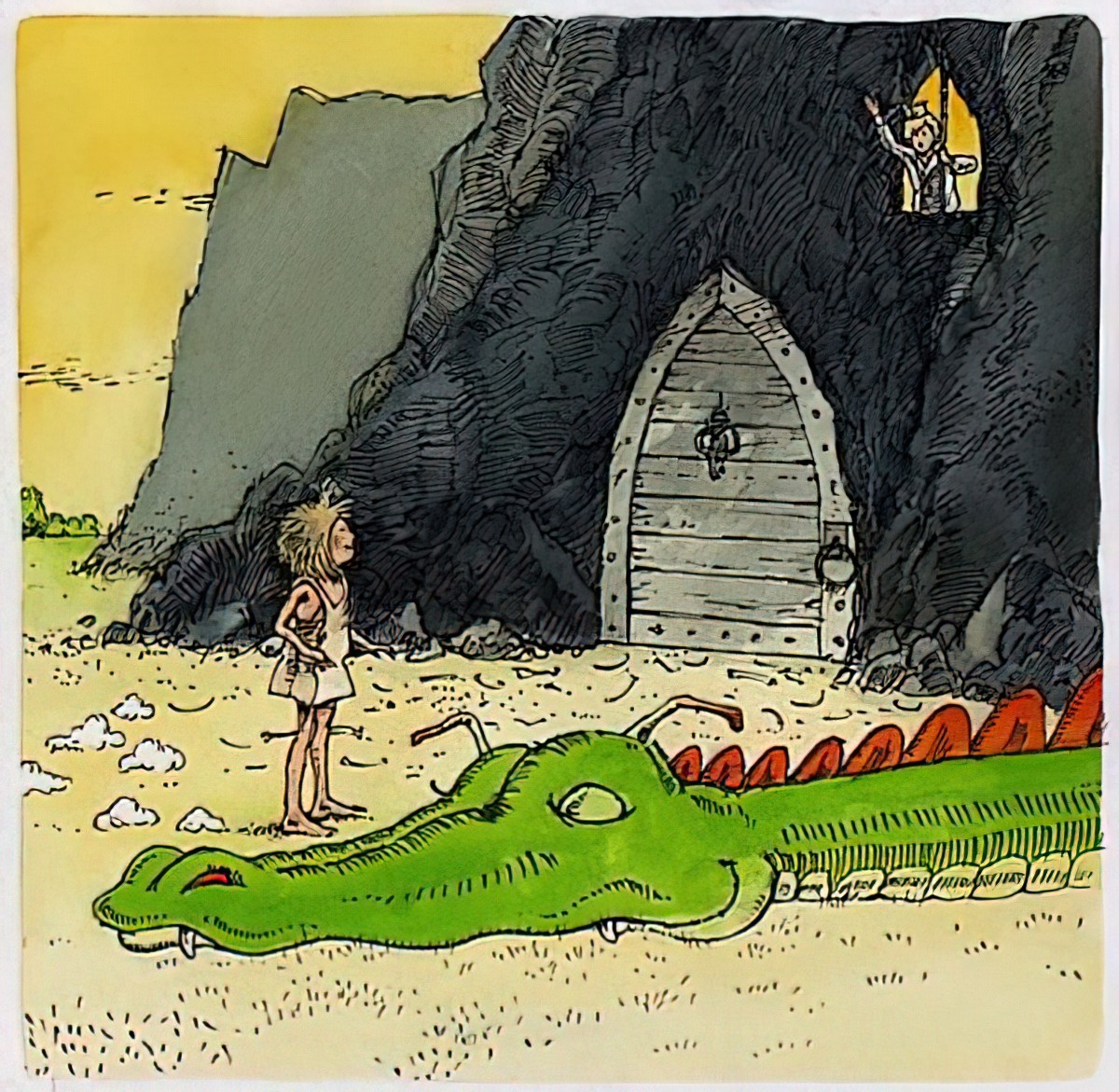
BIG STRUGGLE
We see Elizabeth trick the dragon into tiring itself out, showing off in a stereotypically masculine way girls in fiction seem immune to.
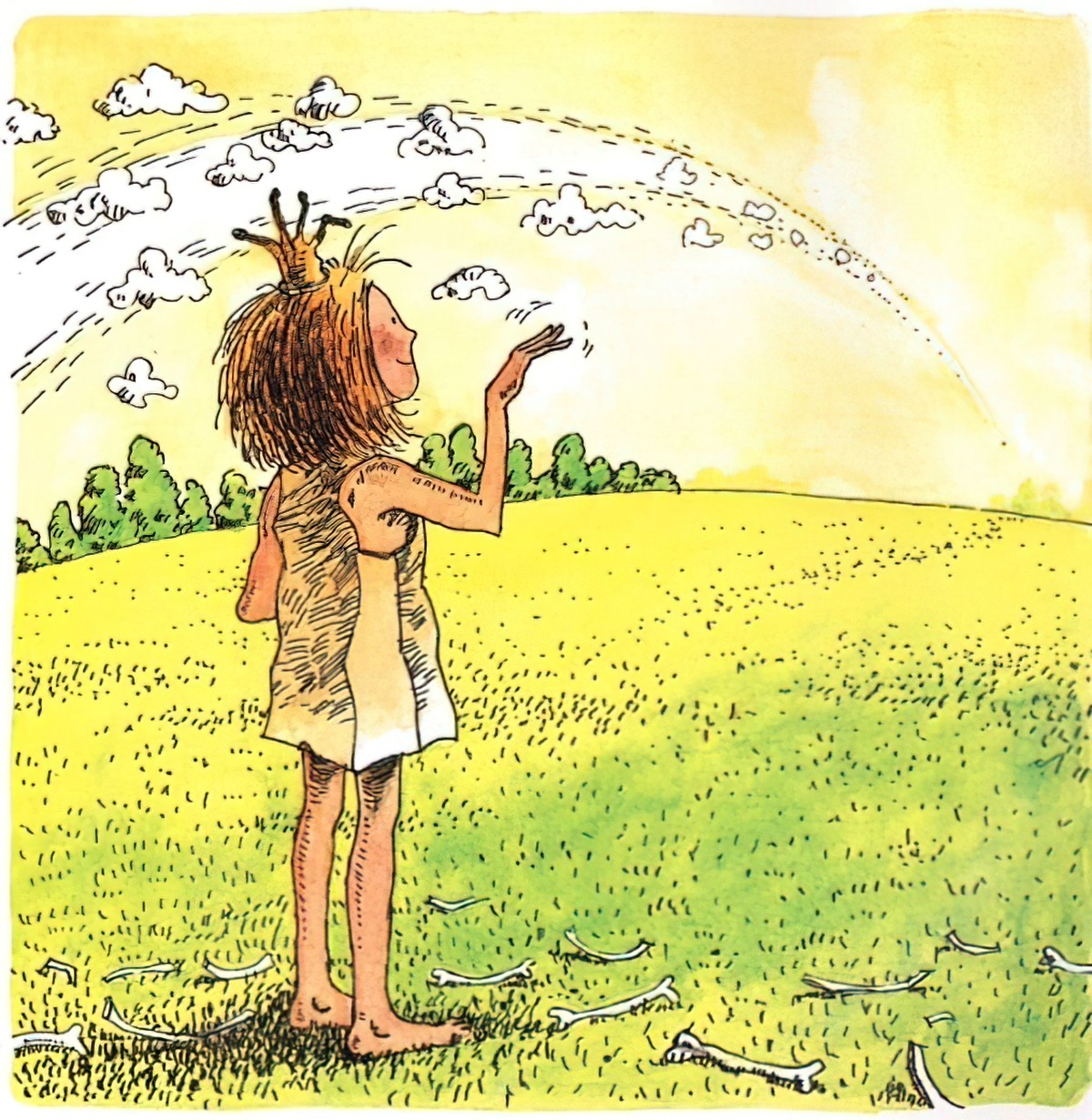
ANAGNORISIS
Although Elizabeth manages to save Ronald, he is not grateful. Instead he criticises her for looking like a mess. She realises that even though he looks the part of a prince, he is really just a ‘bum’.
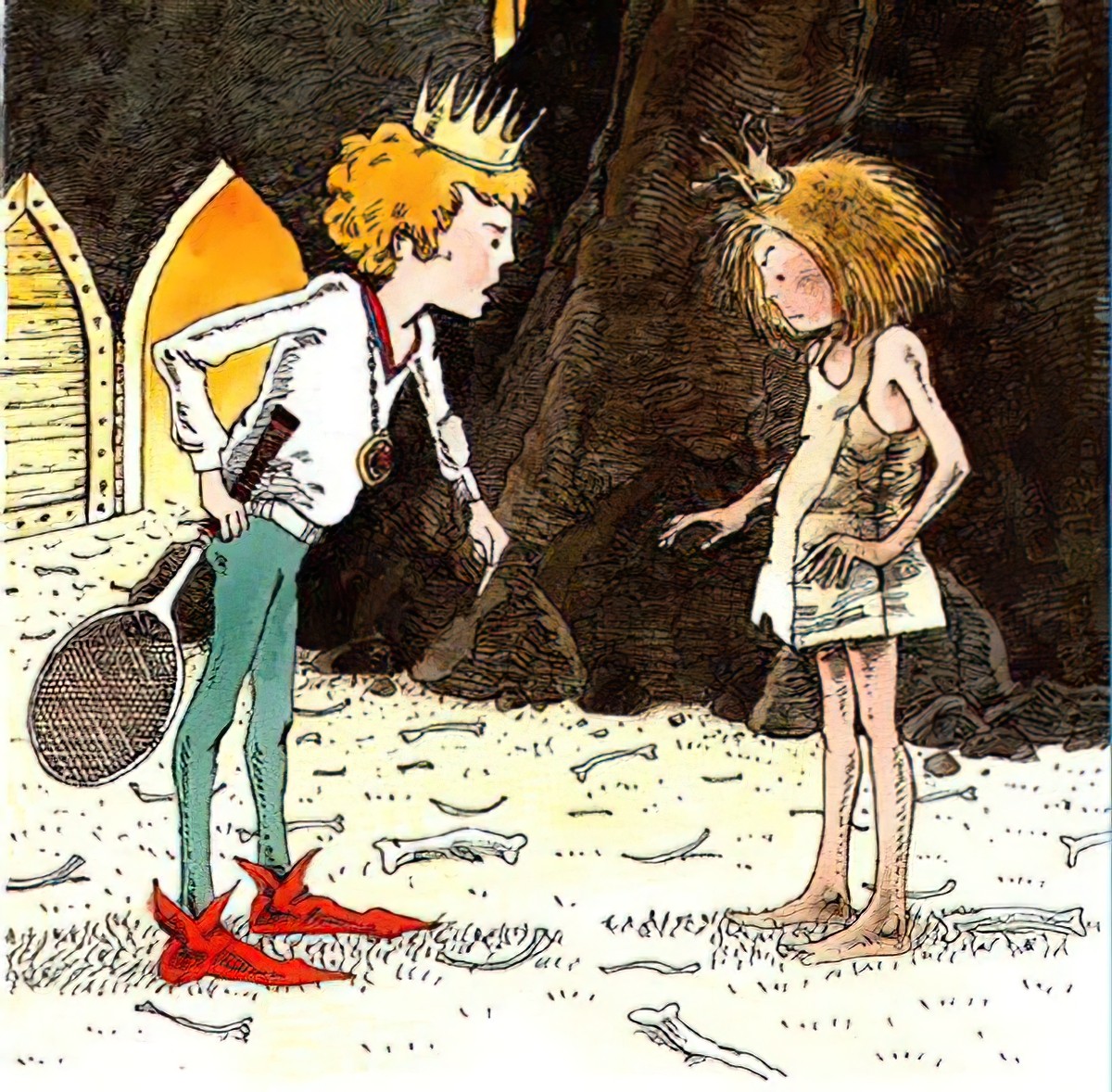
NEW SITUATION
“They don’t get married after all.”
The final image shows Elizabeth running for joy towards a sunset. The sunset is basically “And she lived happily ever after” in image form.
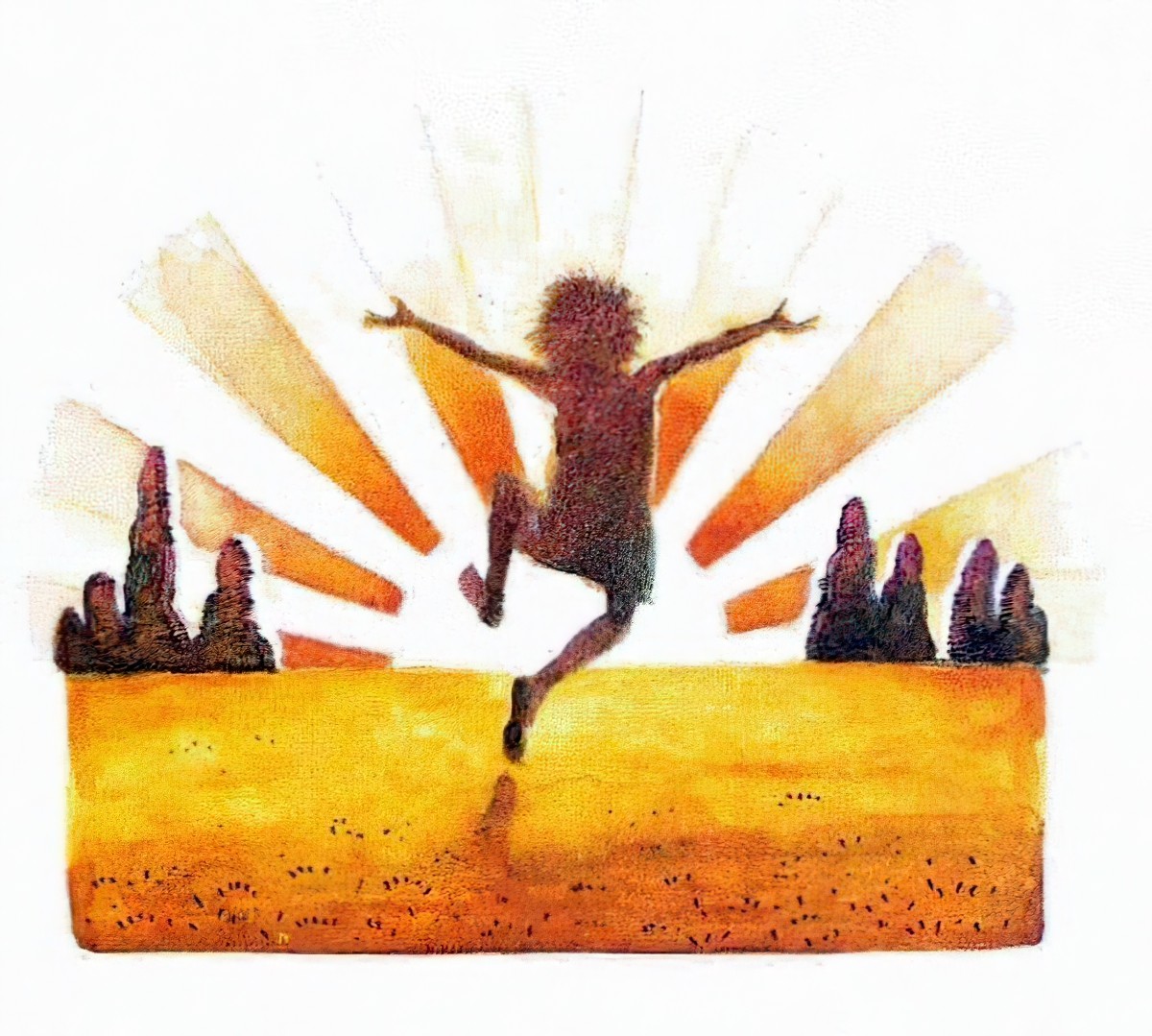
SEE ALSO
